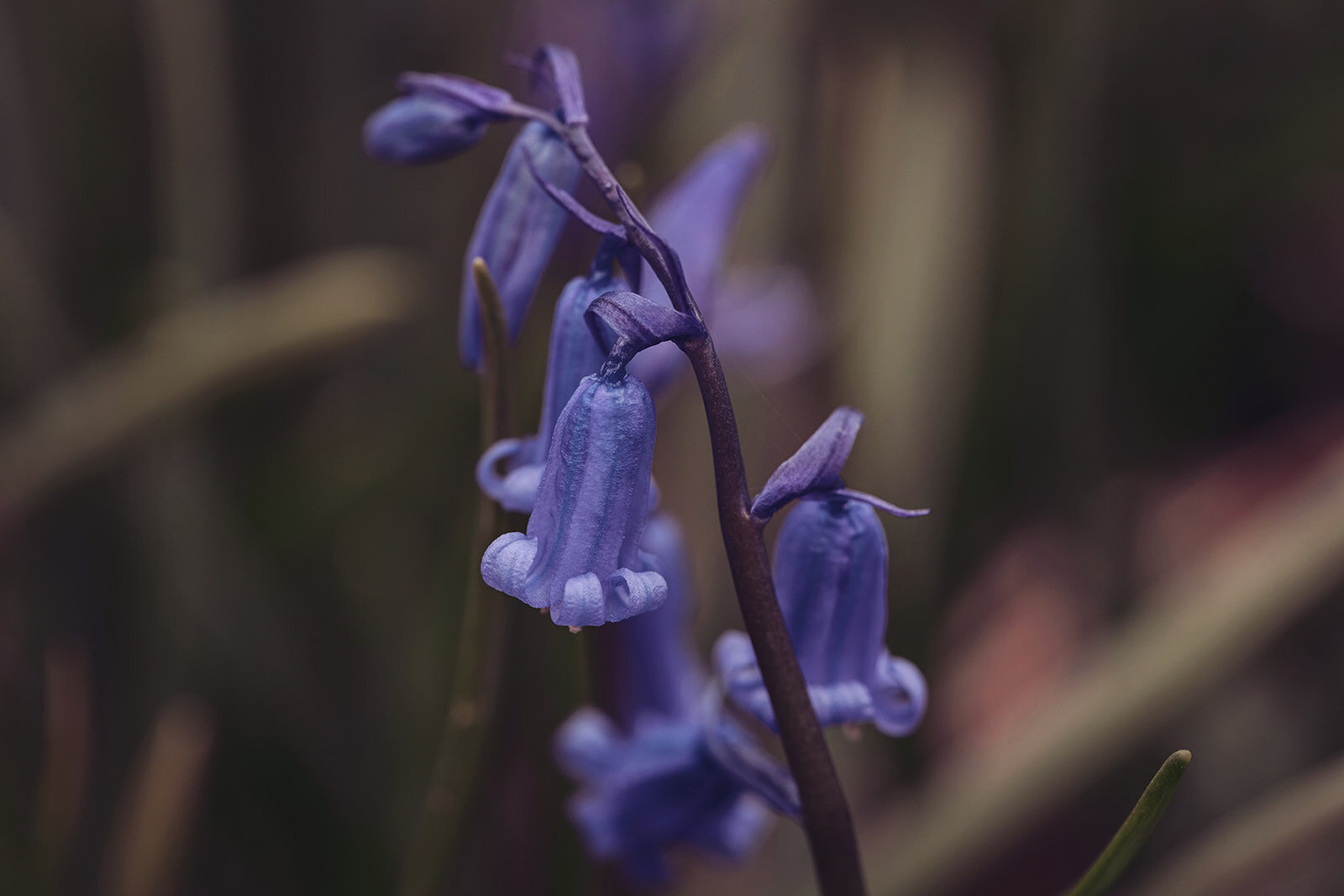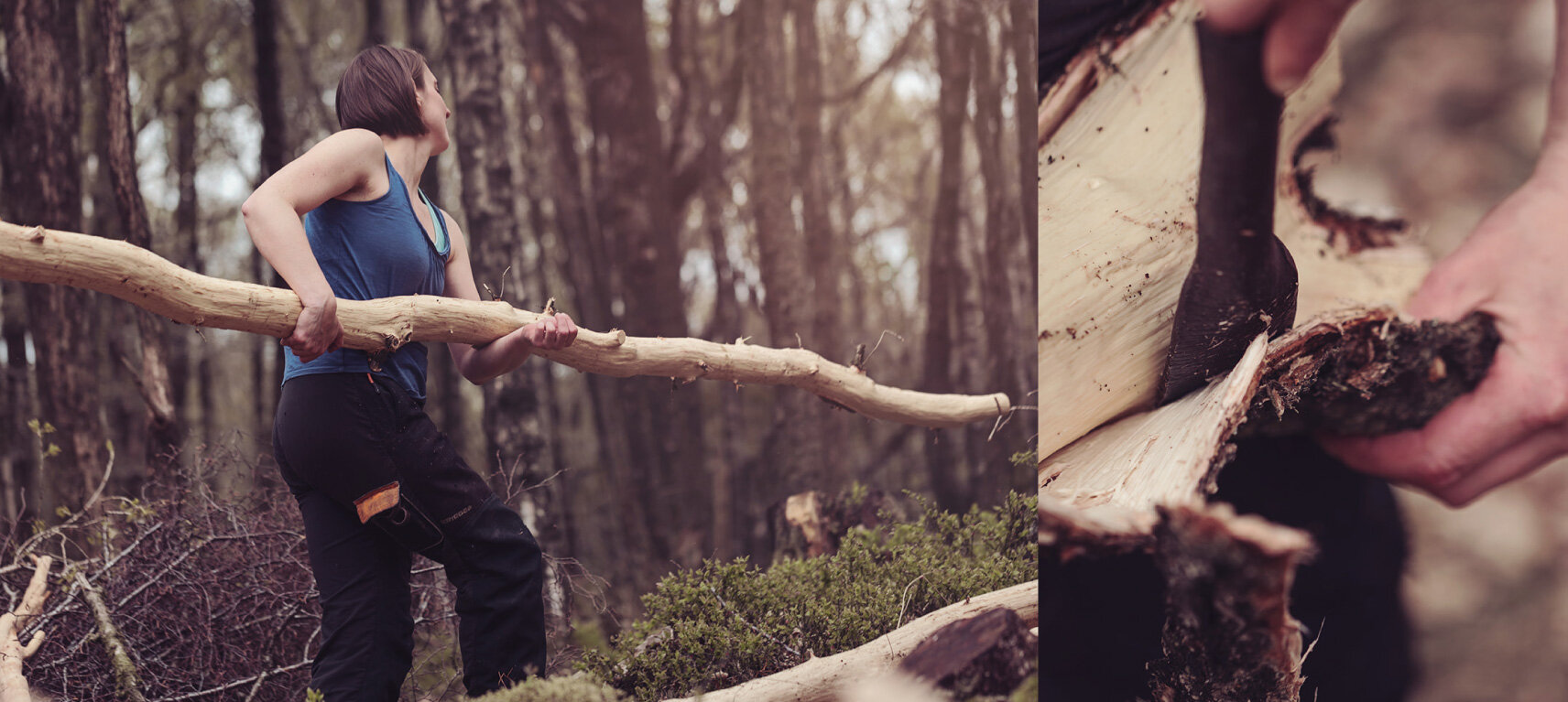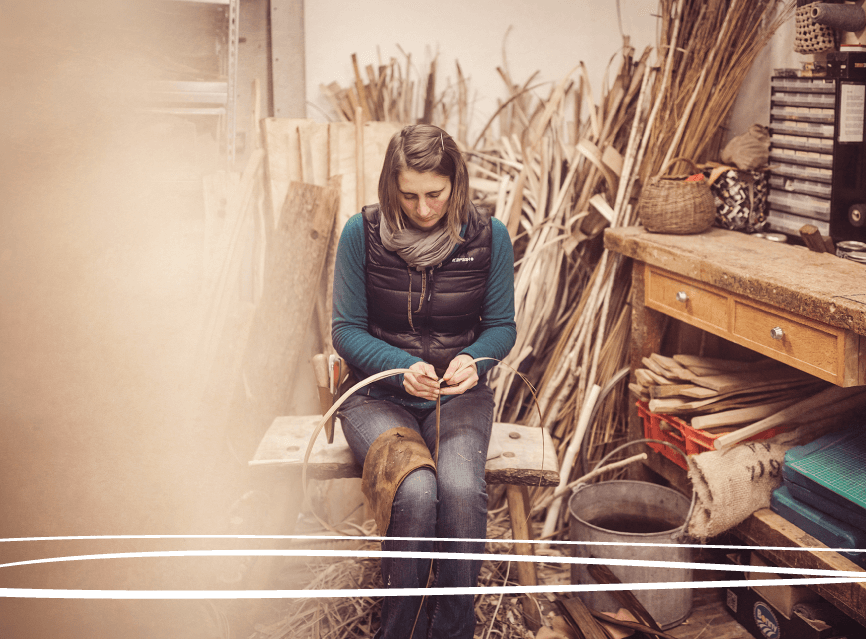
The Cycle

All the oak I use for my weaving comes from patches of woodland in the Rusland Valley between Coniston Water and Windermere.
Work begins in January, when we’re in the woods one day a week to cut down the birch that grows alongside the oak, and any oak destined for firewood only. By the end of the winter cut the only trees left standing are for bark peeling or destined to become baskets during the year. Before next winter the area will be cleared completely.
Coppicing cuts most of the trees in an area which let the sun shine down onto the woodland floor. The stumps, known as stools, create new growth and these new shoots race up towards the light, so you get long stems with few side branches, and really useful timber.
February is my favourite time in the woods, when there are bright days (honestly!). It’s the first sun you’ve felt on your skin all winter, and, because the days are getting longer, there isn’t the hurry to finish so early. Everything’s on the verge of bursting into life; the trees are starting to bud and the birds are coming back. You can almost feel the excitement in the world that spring is coming.
By the end of March we will have finished the winter cut and from April, we begin bark peeling, a satisfying job that involves slitting the outer shell of a felled oak trunk from top to bottom, then shucking it off in large pieces. If the peeling is good it’ll make slurping, quacking sounds as it peels. The bark is sold to J. & F.J. Baker & Co Ltd., the last remaining oak bark tannery. The peeled poles make fantastic garden structures and are sold to other craftspeople and artists.
Summer months are always busy, making, demonstrating my craft at fairs and teaching courses, so it can be a bit of a relief when autumn comes round again.
This is when I retreat a little bit from the world and go into hibernation to concentrate on making baskets. I like to do this bit on my own, and will often sit here late into the night when the world’s a bit quieter, just listening to podcasts or watching films and weaving my baskets. And then the cycle starts again and we carry on working through the woodland.





